According to The Guardian , the fuselage of the aircraft is made from carbon fiber composite materials, so the incident is raising concerns about the challenges in extinguishing fires involving this material. Airbus (France) is the group that manufactured this aircraft.
What materials are used?
In aircraft, carbon fiber composites are used to add strength to plastics and other materials. Composites have been used for many years inside commercial aircraft, such as floor panels and other structures.
According to Simple Flying, composite materials are not new to the commercial aviation industry. The popular single-aisle aircraft such as the Airbus A320 already uses many components made from composite materials, such as the stabilizer and the tail wing.

Passenger plane catches fire at Haneda International Airport in Tokyo on January 2
This material is also used by wide-body aircraft such as the Airbus A380, making up more than 20% of the superjumbo's airframe. The demand for this material has increased significantly in recent years, and it is not surprising because of the many benefits.
Composite materials are not as heavy and less susceptible to wear and tear as aluminum. As a result, about 50% of the A350 is made from carbon fiber reinforced polymer. The aircraft is also made from 20% aluminum, 15% titanium, 10% steel and 5% other materials. Furthermore, composite structures can be created in any shape.
Is this material dangerous?
The Guardian newspaper quoted Dr. Sonya Brown, a senior lecturer in aerospace design at the school of mechanical and manufacturing engineering at the University of New South Wales (Australia), as saying that this type of material affects the way fire burns.
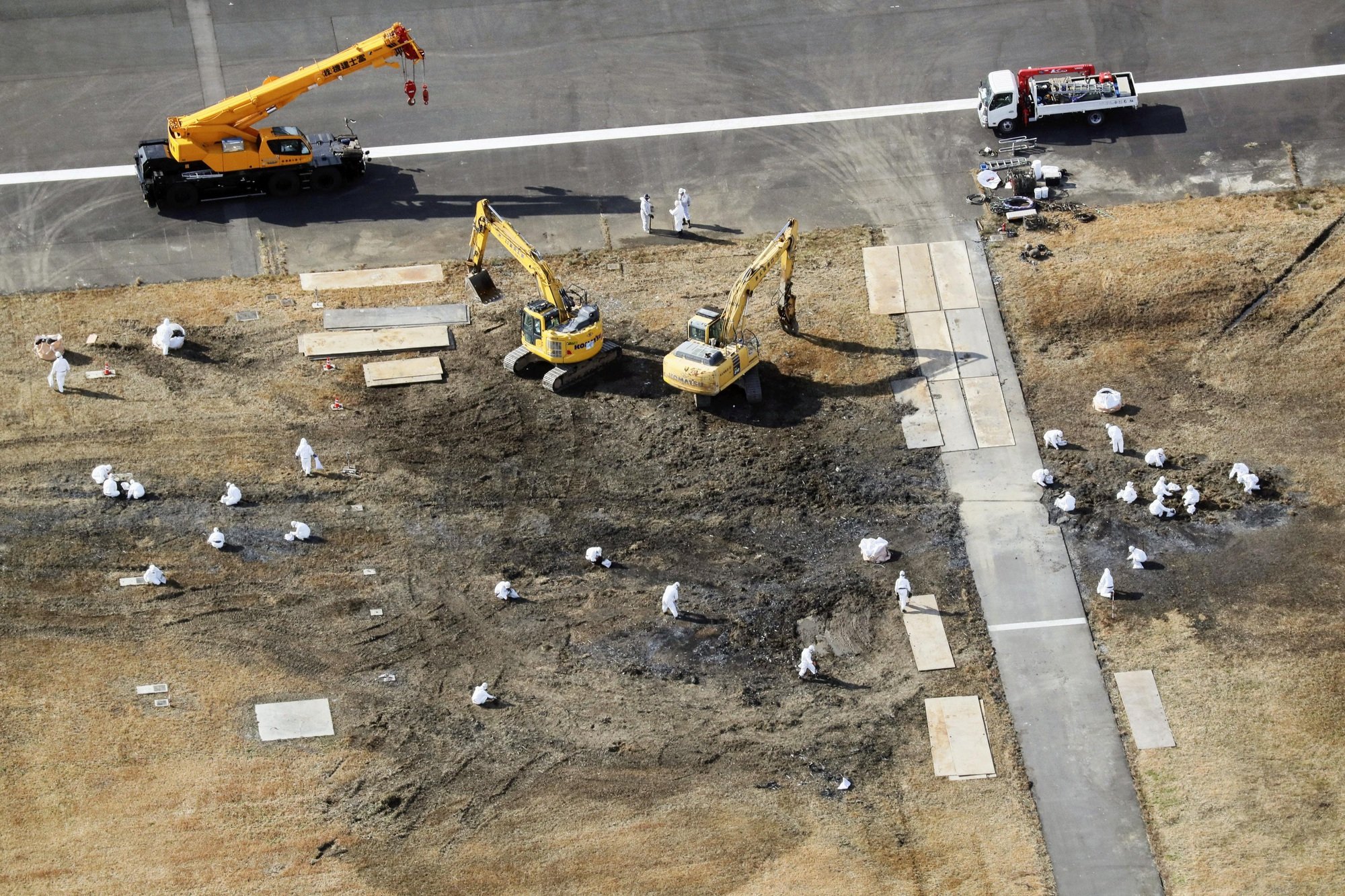
Aerial photo shows the cleanup at the site of the fire on a Japan Airlines (JAL) Airbus A350.
To support her argument, Brown cited footage showing the initial fire on the left wing of the plane, which was so severe that a metal-bodied plane could have caught fire. According to her, the fire on the fuselage could have reached temperatures of over 1,000 degrees Celsius.
The temperature at which carbon fiber burns is 400 to 1,000 degrees Celsius, even 2,000 degrees Celsius depending on the strength of the fiber, while aluminum melts at around 700 degrees Celsius.
This means that the composite material can “buy time” longer. Expert Brown noted that the fire was contained on the left wing, possibly thanks to the “composite firewall”. Therefore, the risk of fire spreading to other areas such as the engine and fuel tanks was temporarily prevented, ensuring enough time for everyone to evacuate.
Airplane door explodes mid-air: Boeing admits fault, pledges to fix
There is currently no real evidence to prove that composite materials are better or worse than aluminum in their ability to resist fire and withstand heat long enough for passengers to have a chance to escape. However, there is a clear impact from carbon fiber materials on humans. Accordingly, when this material burns, toxic fumes can be harmful to health in general and the respiratory system in particular.
There have long been concerns about toxic fumes being released when carbon-reinforced composites are burned. Video posted by passengers shows people covering their mouths with handkerchiefs and ducking low as they move toward the exits as instructed by flight attendants.
Since the 1990s, the US Federal Aviation Administration (FAA) has said that the main health hazard from composite materials in aircraft crashes is that sharp fragments from exposed materials, fibrous dust, and toxic gases from burning plastics have long-term health effects on people who have been victims of fires, according to Simple Flying.
Source link



![[Photo] Prime Minister Pham Minh Chinh chairs meeting to deploy overcoming consequences of storm No. 10](https://vphoto.vietnam.vn/thumb/1200x675/vietnam/resource/IMAGE/2025/10/3/544f420dcc844463898fcbef46247d16)
![[Photo] Students of Binh Minh Primary School enjoy the full moon festival, receiving the joys of childhood](https://vphoto.vietnam.vn/thumb/1200x675/vietnam/resource/IMAGE/2025/10/3/8cf8abef22fe4471be400a818912cb85)



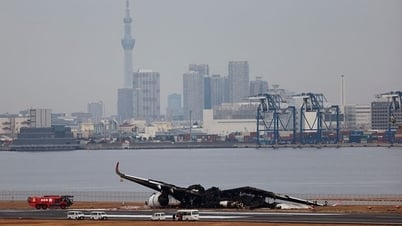

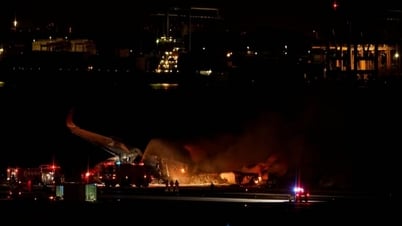

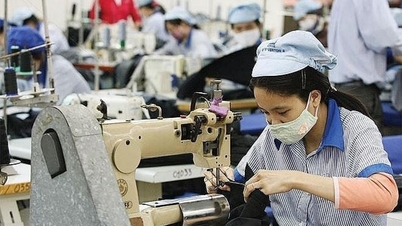

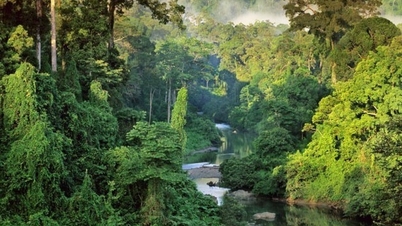

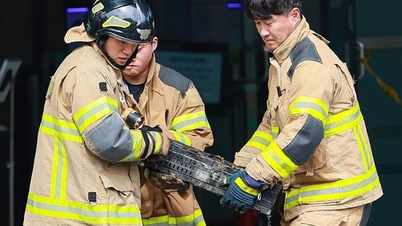







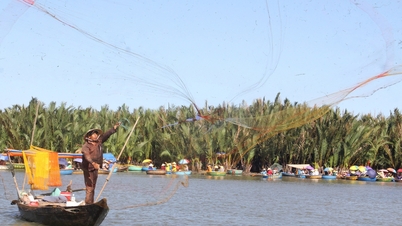



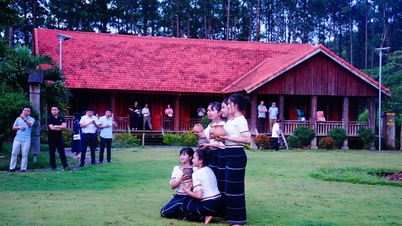
























































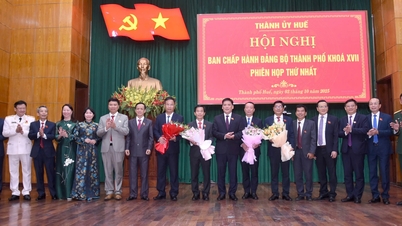



















Comment (0)